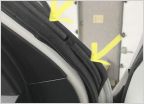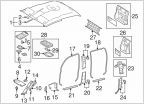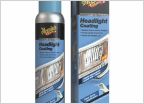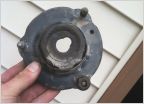-
Welcome to Tacoma World!
You are currently viewing as a guest! To get full-access, you need to register for a FREE account.
As a registered member, you’ll be able to:- Participate in all Tacoma discussion topics
- Communicate privately with other Tacoma owners from around the world
- Post your own photos in our Members Gallery
- Access all special features of the site
Power issues since botched water crossing
Discussion in '2nd Gen. Tacomas (2005-2015)' started by 06Offroad, Sep 22, 2014.
Page 4 of 6
Page 4 of 6


 What to do to 2wd to avoid getting stuck
What to do to 2wd to avoid getting stuck KAZOOOO sound with crosswind
KAZOOOO sound with crosswind Source for Tacoma Sunvisors
Source for Tacoma Sunvisors DIY headlight restoration?
DIY headlight restoration? Top Hat Front Strut Replaced?
Top Hat Front Strut Replaced?











































































